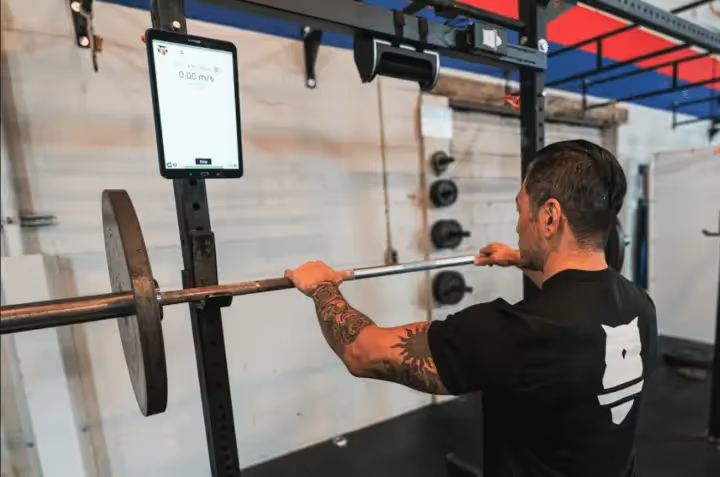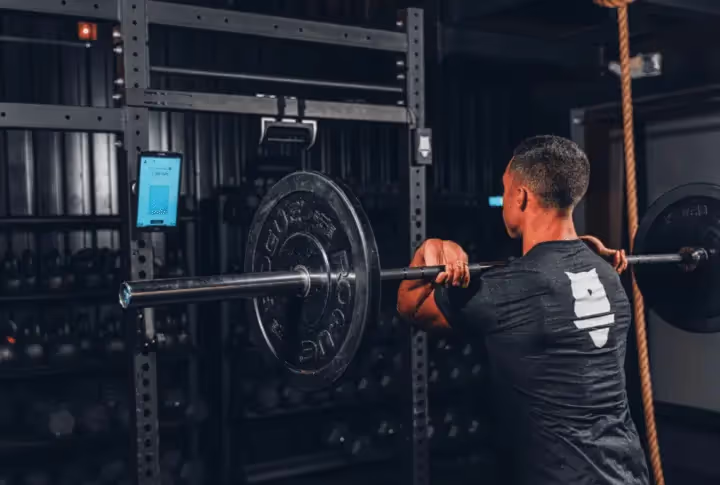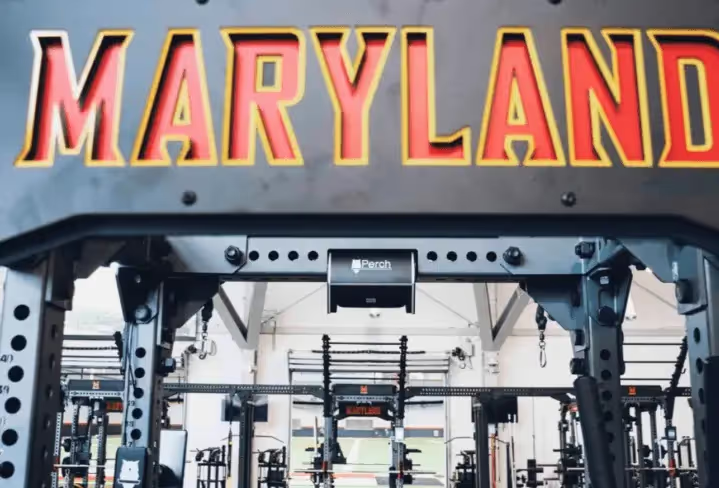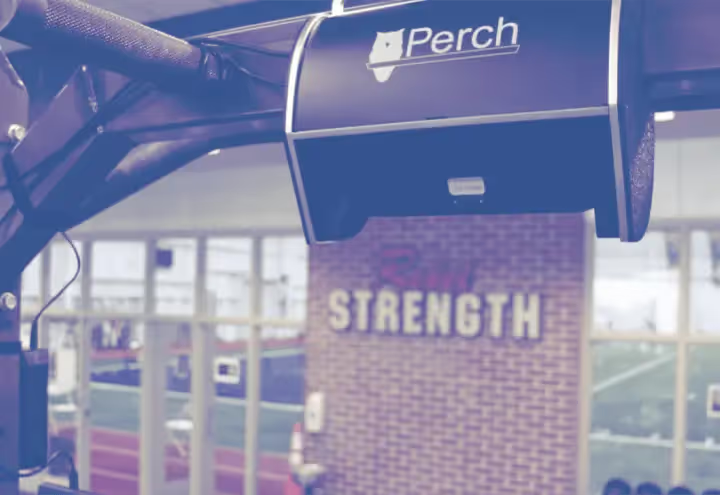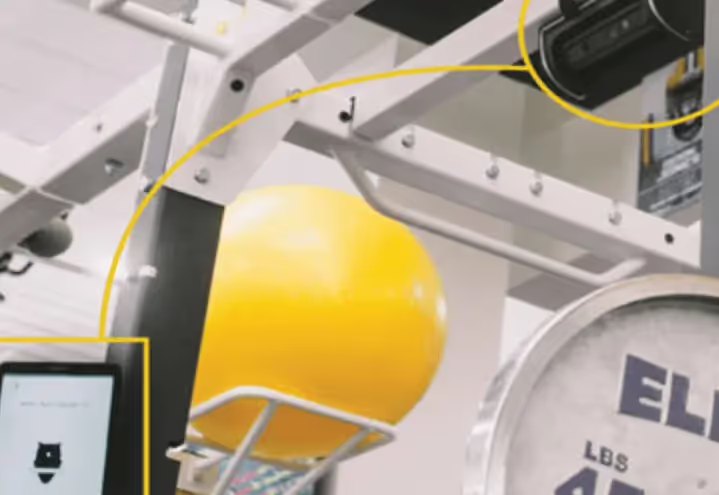Nervous System Autoregulation and VBT

INTRODUCTION
The nervous system governs everything we do as humans both in and out of the weight room. In previous posts, we have briefly touched on the concept of autoregulation. In this post, we’ll delve a little deeper into autoregulation in addition to explaining what the nervous system is and how it dictates our daily readiness for both life and competitive sport. The nervous system can be difficult to understand on the cellular level, so we will explain it more generally here as an introduction. It is important to note that more is being discovered about neuromuscular physiology each year, and this is by no means fully comprehensive.
THE NERVOUS SYSTEM
The nervous is comprised of two main components:
- The peripheral (or PNS) and
- Central (or CNS) nervous system.
- The central nervous system primarily controls the brain and spinal cord, it is essentially mission control. The peripheral nervous system on the other hand consists of the nerves and ganglia outside of the brain and spinal cord. Otherwise said, the PNS serves as the liaison between the CNS and the rest of the body.
![Adapted from Lumen Learning [7]. The illustration shows the Central (A) and Peripheral (B) nervous systems.](https://cdn.prod.website-files.com/662aafb2bbfc6e8c07df7082/664f34c5468e7068a06f719f_63ce4b6ba9b7eb5eff63763c_nvs.jpeg)
The peripheral nervous system is then divided up further into:
- Sensory neurons (or afferent pathways) and
- Motor neurons (or efferent pathways)
Motor neurons may ring a bell, as they consist of the:
- Autonomic nervous system which controls involuntary movement
- Somatic nervous system which controls voluntary movement
The final branching takes place in the autonomic nervous system (involuntary responses) which has two subdivisions in:
- Sympathetic responses
- Parasympathetic responses
- You may have heard of “fight or flight” and “rest and digest” responses, the sympathetic and parasympathetic systems are responsible for those. Sympathetic is action, parasympathetic is energy conservation.
The graphic below will hopefully help explain this in further detail [7,8].

THE NERVOUS SYSTEM AND FATIGUE
Muscular fatigue is understood by a human at the neuromuscular junction. This is the “chemical synapse formed by the contact between a motor neuron and muscle fiber” [11]. This entire entity is called a motor unit When the muscle fiber is no longer capable of contracting or more likely fatigued enough for you to notice (we will get more detailed with this in a later post), the motor neuron is alerted and relays that information back up the chain all the way to the central nervous system. This, in theory, will tell the brain that you are fatigued and hopefully encourage you to rest and recover. Often in sports we are told to “push through” this barrier. On the field of play in the middle of a championship, that may be exactly what you have to do. In the weight room, trying to train for adaptations and not for injury, it is helpful to be able to see and quantify that fatigue and perhaps adjust training to your capabilities for that session.
![A motor unit, adapted from Physiopolis [11].](https://cdn.prod.website-files.com/662aafb2bbfc6e8c07df7082/664f34c5468e7068a06f71a7_63ce4b6b14bd05811ae4ef38_neuron.jpeg)
AUTOREGULATION
This, in essence, is the concept of autoregulation. Autoregulation is “a form of periodization that adjusts to the individual athlete’s adaptations on a day-to-day or week-to-week basis” [1-3, 8-9]. We know an athlete’s RM can fluctuate by 18 percent on any given day, and below a hypothetical illustration of those fluctuations can be seen [12].
Coaches can monitor athlete readiness by subjective means (daily surveys, RPE measures etc) and objective means (readiness assessments in the form of grip strength tests, vertical jump etc). They can tell an athlete to go up or down in weight depending on these measures, or cut volume by a set or reps accordingly. Velocity Based Training can make this adjustment on the fly a lot more exact with true quantifiable measures in live time, zones and set thresholds for specific adaptations, and data storage to track trends per team or individual and adjust overall training load as need be.

STRESS AND THE NERVOUS SYSTEM
Good or bad, the nervous system reads stress as the same. With too much, the sympathetic nervous system (fight or flight) is constantly the dominant pathway and that can make it hard to “rest and digest” which is the job of the parasympathetic nervous system. We know rest is critical for recovery [13,14]. We know training is a stimulus that an athlete must recover from in order to yield and benefit from positive adaptations [13,14]. Thus as coaches, we must provide the appropriate stimulus at the appropriate time to elicit the adaptations we want for our athletes. We need to, alongside the athlete, manage stress and provide the right amount with precision in order to aid the athlete’s development process instead of impede it.
Athletes have stress in many forms cast upon them on any given day. They may have quizzes and exams they have to study for and subsequently take. They may have arguments with significant others or friends or family. They may have traveled for school break or games, games can go into overtime and add more. They may have gotten poor sleep or eaten less than stellar foods. All of these extraneous factors can impact performance. And while it is important to learn how to control and manage stress as an athlete, it is equally important to learn how to provide the appropriate stimulus as a coach in order to enhance the capability of an athlete, and not detract from their performance by adding too much stress.
Velocity based training is another tool in a coach’s toolbox that can help them provide the appropriate stimulus to an athlete and train for specific adaptations by taking a lot of the guesswork out. By including objective measures in the assessment of an athlete’s fatigue, we can make more appropriate decisions guiding their training and recovery.

READINESS ASSESSMENTS
A readiness assessment is a quick and easy test that a coach can have their athletes do every day, or prior to a training session in order to immediately assess their fatigue or readiness. Some coaches use grip strength tests, some use vertical jump, others use a jump squat or a barbell jump squat with a velocity based training device. Whatever the method is, provided the practitioner is consistent and can trust the athlete to perform it with maximal intent, this is an excellent way to paint a picture of your athlete, their ability, and what it means for that individual to be and feel ready to train. This can also be a great educational tool for a coach to help their athlete understand their body and their readiness a little bit better.
DAILY MONITORING At Perch, we are big believers in daily monitoring using a velocity based training device. Readiness assessments don’t have to be a rigid overly structured part of a workout. A barbell squat jump prior to warm up sets is a quick and easy way to do this. Even monitoring speed of warm up sets can give you an idea of an athlete’s level of fatigue and the workout can be adjusted accordingly. Even if you are not leveraging your VBT tech in the day’s training session, using the tech to monitor and measure readiness is always applicable. Over a longer period of time, this can especially help you regulate an athlete’s load or take action if you see something indicative of chronic fatigue or overtraining.
Our goal at Perch is to make capturing this information on a daily basis as easy and seamless as possible, so monitoring can be performed and performance insights can be captured regardless of phase or time of year.
OTHER RELEVANT POSTS!
Want to learn more about the basics of VBT? Check out Perch’s VBT Dictionary!
Curious about how different populations can utilize VBT? Check out our VBT for specific populations series!
FOLLOW US!
Keep checking back for more velocity based training content, tips, tricks, and tools. And don’t forget to follow us on Twitter , Instagram and Linkedin and like us on Facebook .
SOURCES
- Martinez, D. B., & Kennedy, C. (2016). Velocity-Based Training and Autoregulation Applied To “Squatting Every Day”: a Case Study. Journal of Australian Strength & Conditioning.
- Mann, J. B., Thyfault, J. P., Ivey, P. A., & Sayers, S. P. (2010). The effect of autoregulatory progressive resistance exercise vs. linear periodization on strength improvement in college athletes. Journal of Strength and Conditioning Research.
- Folland, J. P., Irish, C. S., Roberts, J. C., Tarr, J. E., & Jones, D. A. (2002). Fatigue is not a necessary stimulus for strength gains during resistance training. British Journal of Sports Medicine.
- Pareja-Blanco, F., Rodríguez-Rosell, D., Sánchez-Medina, L., Sanchis-Moysi, J., Dorado, C., Mora-Custodio, R., … González-Badillo, J. J. (2017). Effects of velocity loss during resistance training on athletic performance, strength gains and muscle adaptations. Scandinavian Journal of Medicine and Science in Sports.
- Chiu, L. Z. F., Fry, A. C., Schilling, B. K., Johnson, E. J., & Wiess, L. W. (2004). Neuromuscular fatigue and potentiation following two successive high intensity resistance exercise sessions. European Journal of Applied Physiology.
- Jones, D. A., Rutherford, O. M., & Parker, D. F. (1989). PHYSIOLOGICAL CHANGES IN SKELETAL MUSCLE AS A RESULT OF STRENGTH TRAINING. Quarterly Journal of Experimental Physiology.
- Learning, L. Biology for Majors II: The Central and Peripheral Nervous System. Retrieved from https://courses.lumenlearning.com/wm-biology2/chapter/the-central-and-peripheral-nervous-systems/
- Taylor, J. L., Amann, M., Duchateau, J., Meeusen, R., & Rice, C. L. (2016). Neural contributions to muscle fatigue: From the brain to the muscle and back again. Medicine and Science in Sports and Exercise.
- Fisher, J. P., Young, C. N., & Fadel, P. J. (2015). Autonomic adjustments to exercise in humans. Comprehensive Physiology.
- Nishikawa, K., Biewener, A. A., Aerts, P., Ahn, A. N., Chiel, H. J., Daley, M. A., … Szymik, B. (2007). Neuromechanics: An integrative approach for understanding motor control. Integrative and Comparative Biology.
- What is a Motor unit? (2014, March 16). Retrieved from https://physiopolis.wordpress.com/2014/02/24/what-is-a-motor-unit/
- Jovanonic, M., & Flanagan, E. P. (2014). Researched applications of velocity based strength training. J Aust Strength Cond.
- Reilly, T., & Ekblom, B. (2005). The use of recovery methods post-exercise. Journal of Sports Sciences.
- Gill, N. D., Beaven, C. M., & Cook, C. (2006). Effectiveness of post-match recovery strategies in rugby players. British Journal of Sports Medicine.

Start Gathering Data With Perch Today!
Reach out to us to speak with a representative and get started using Perch in your facility.

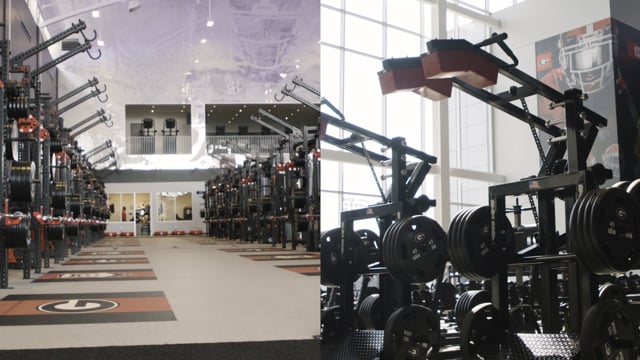
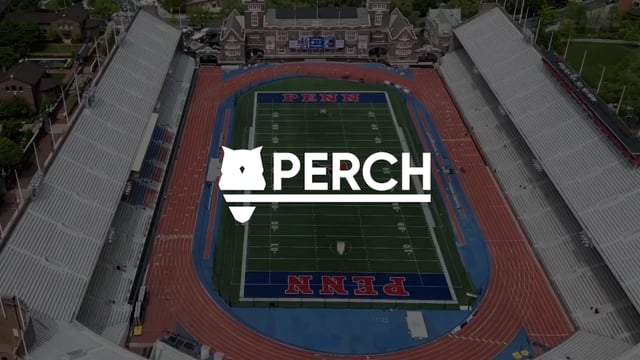


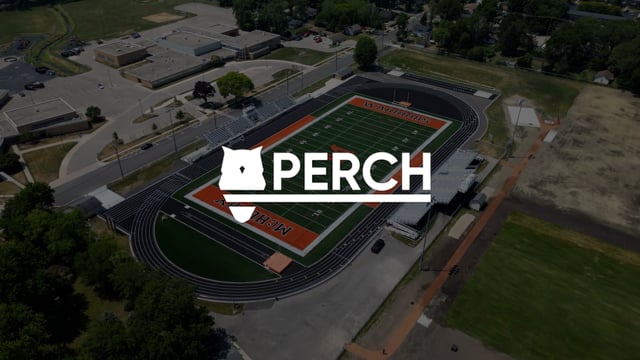
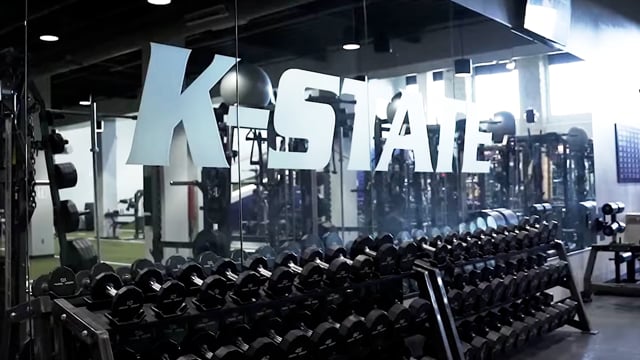

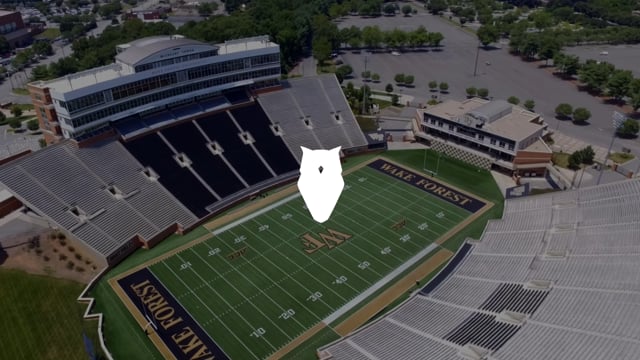
































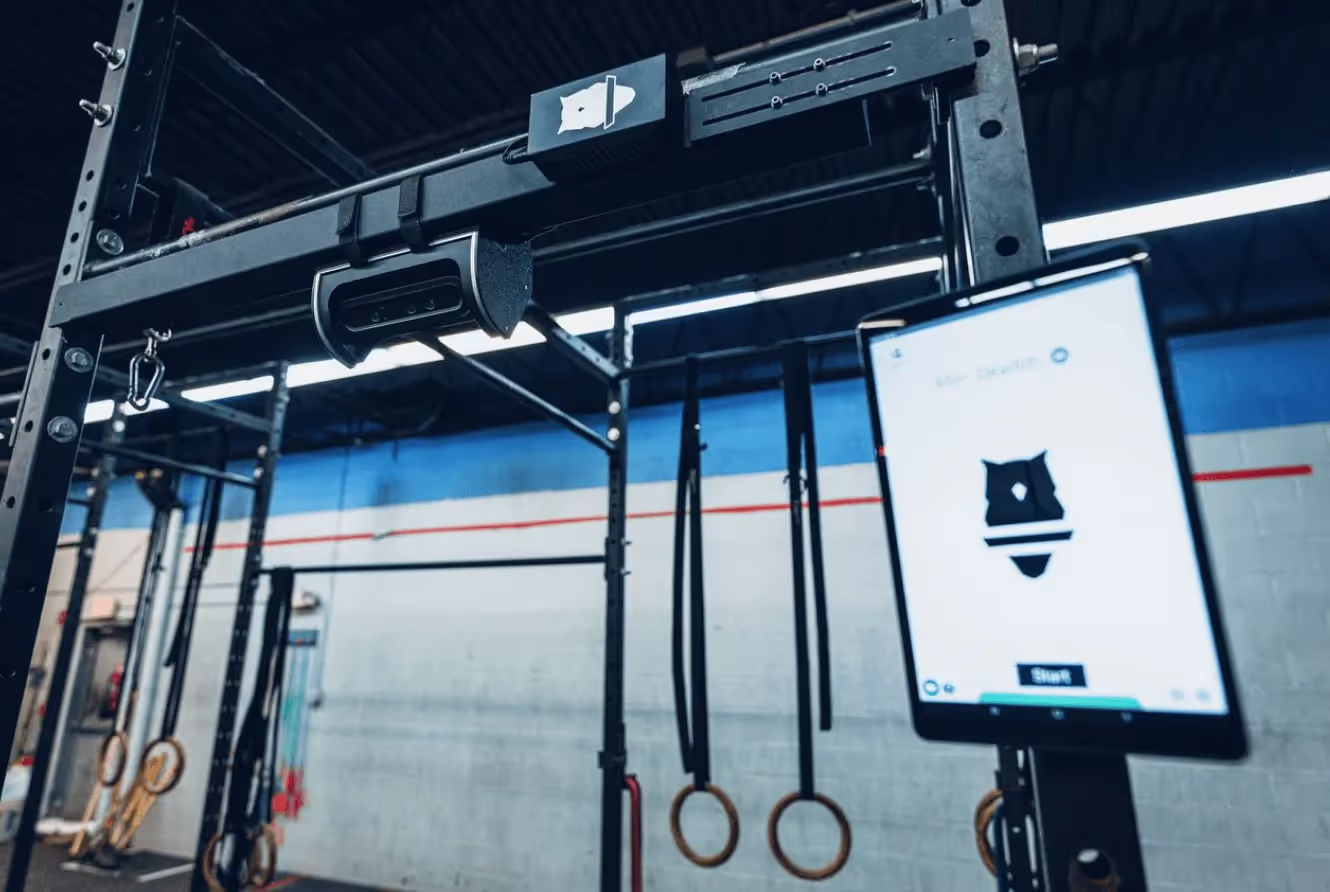




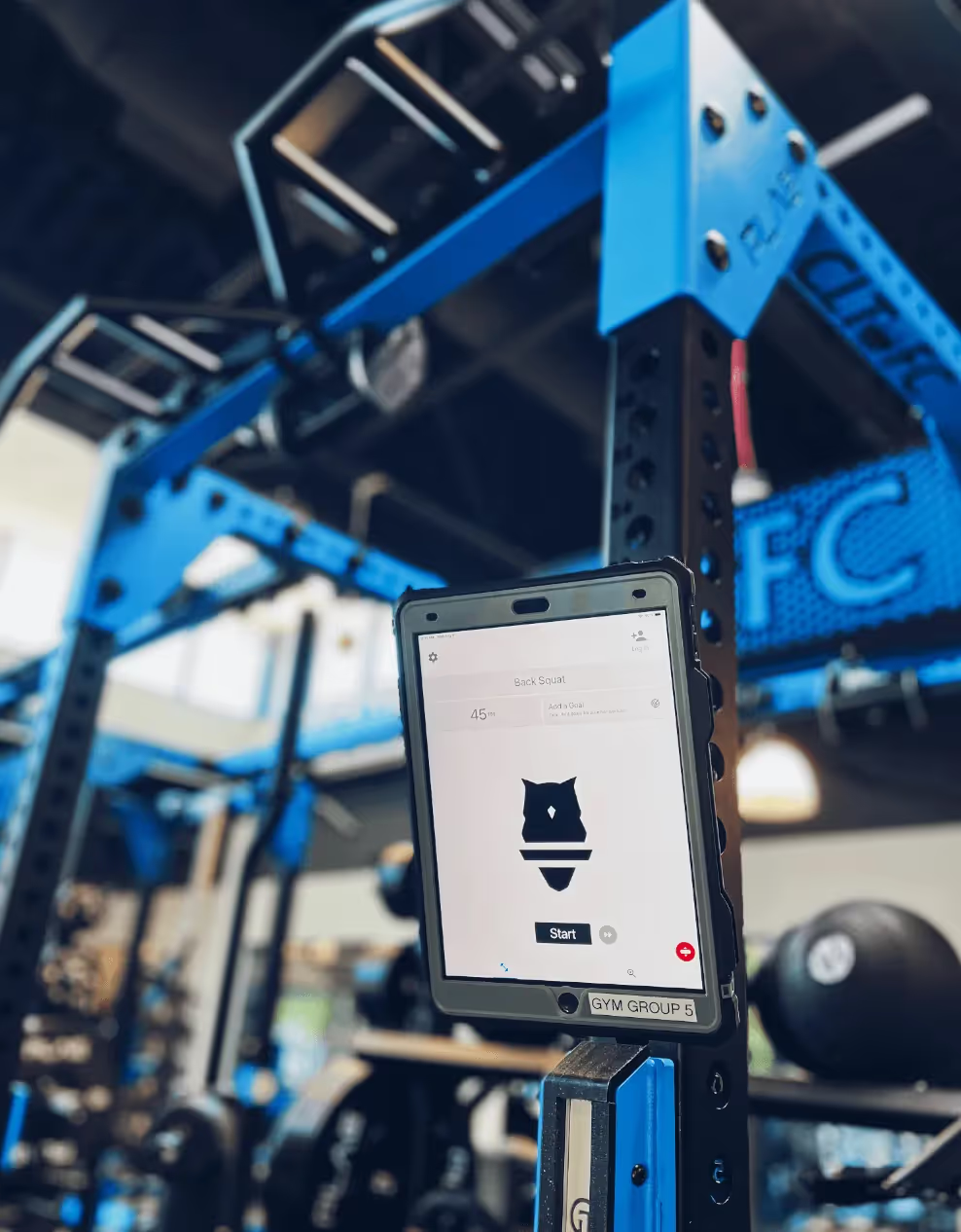
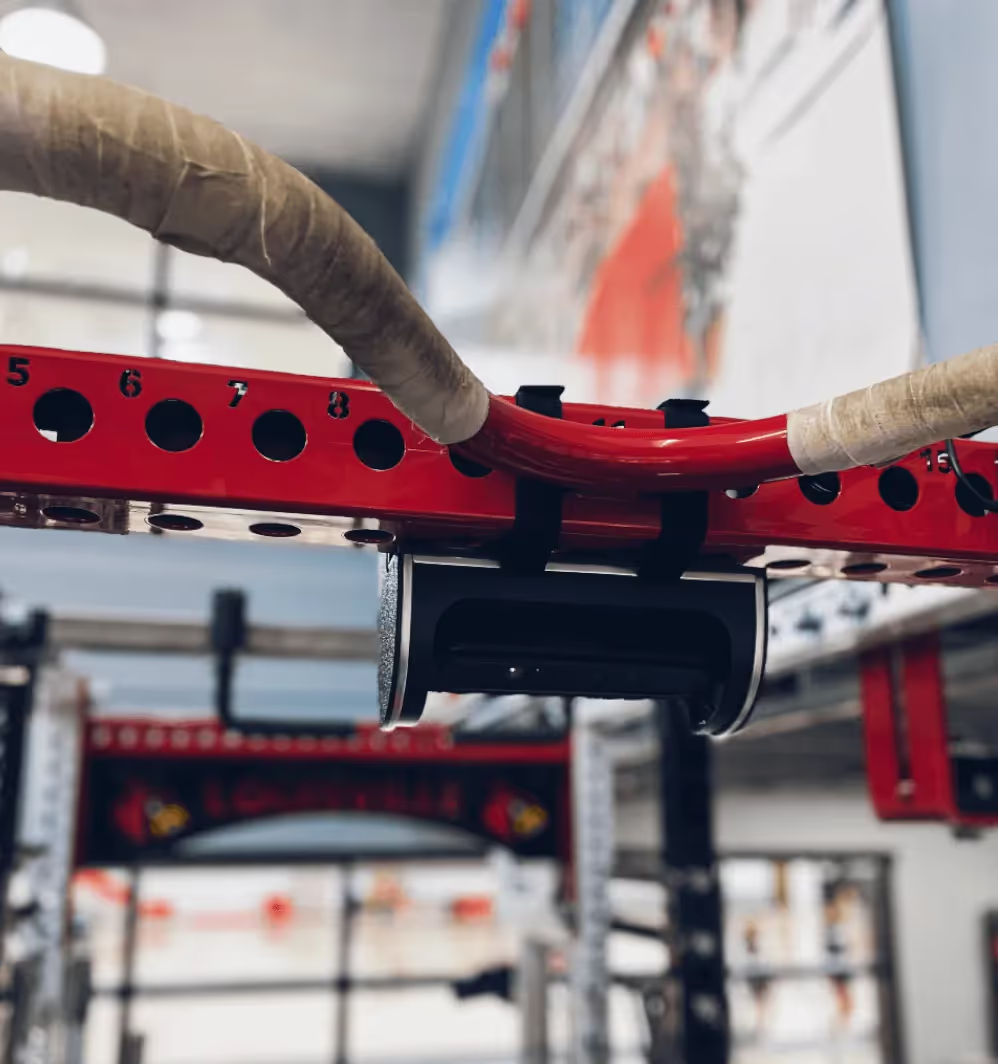






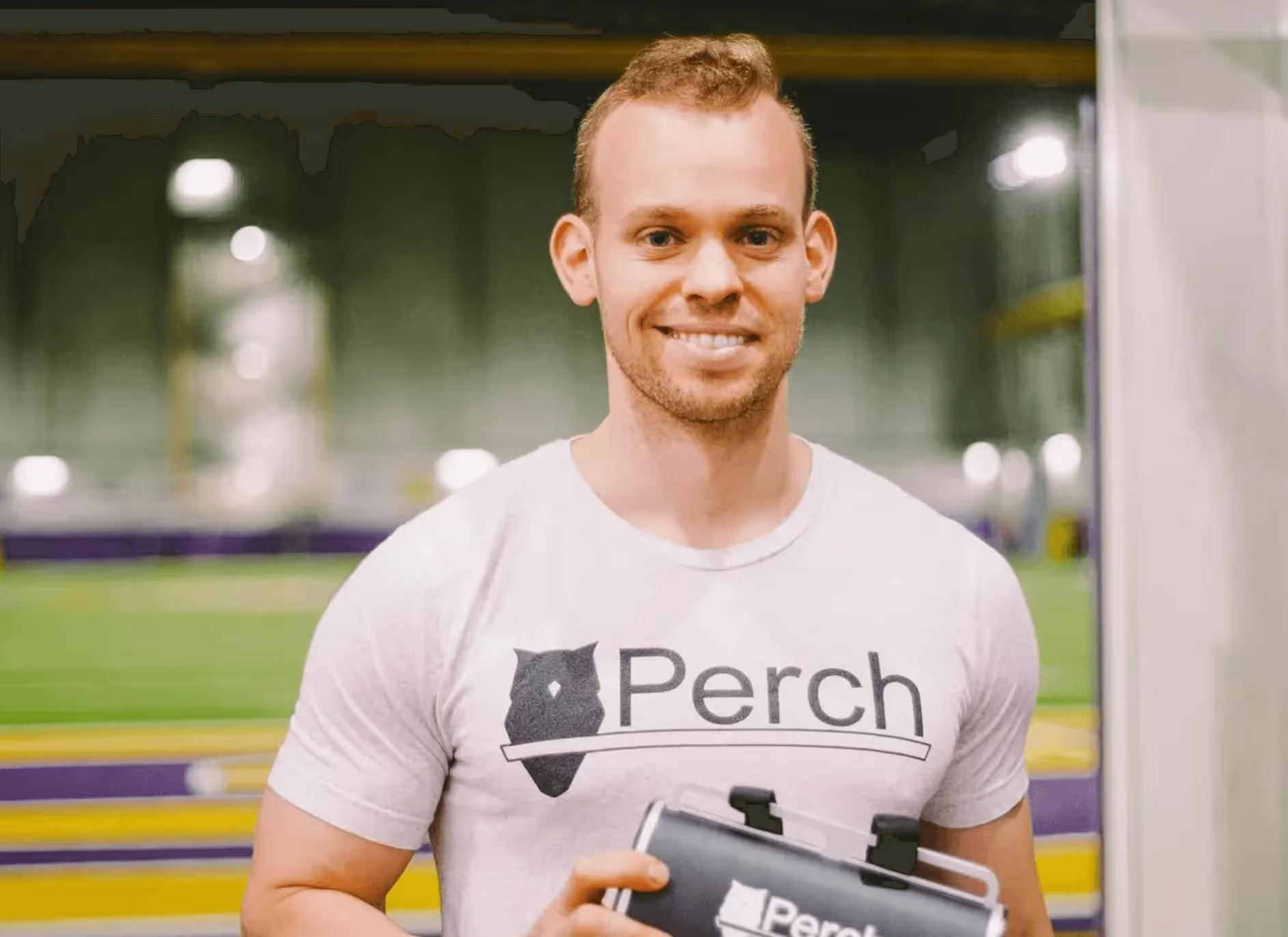





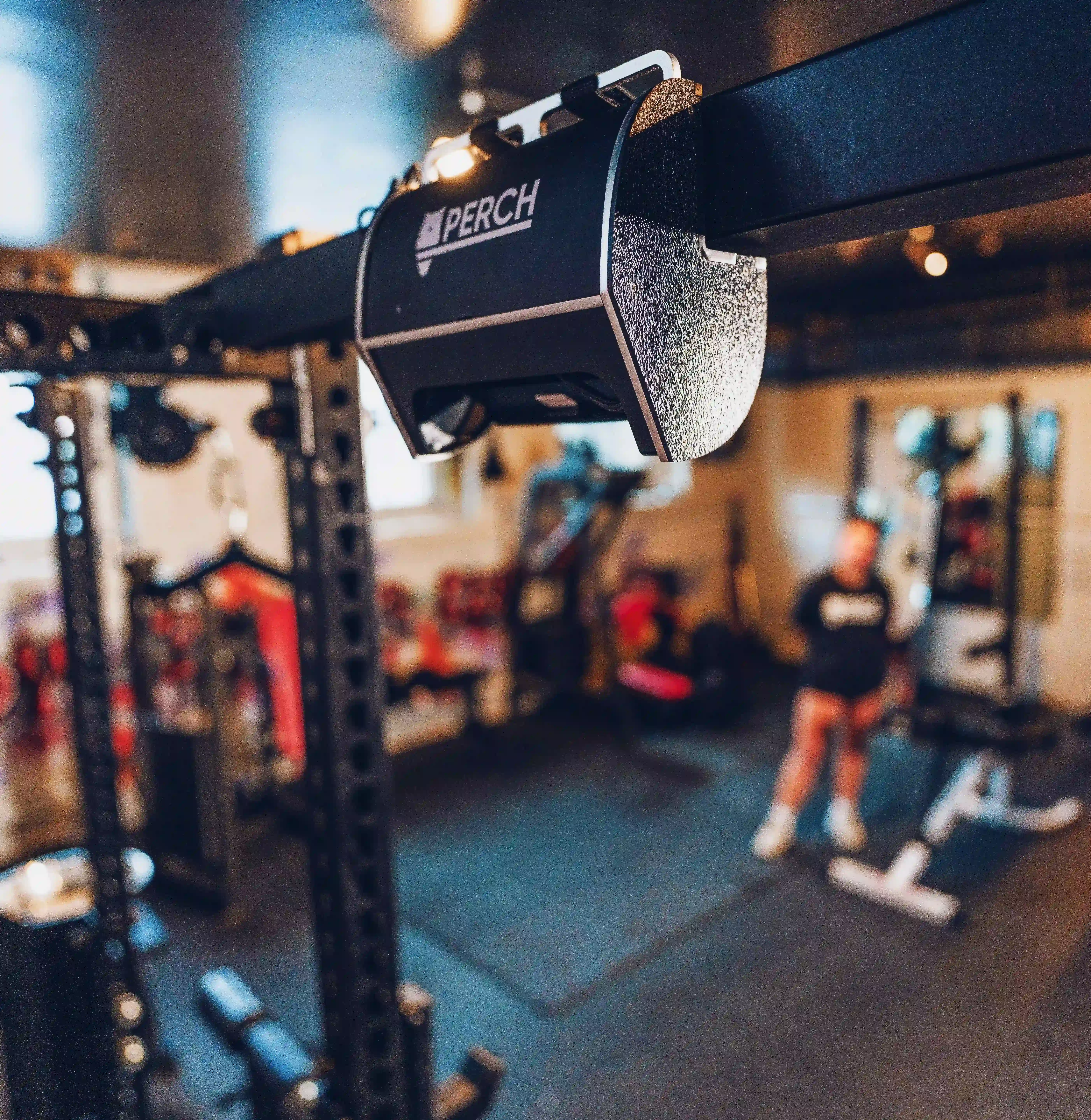




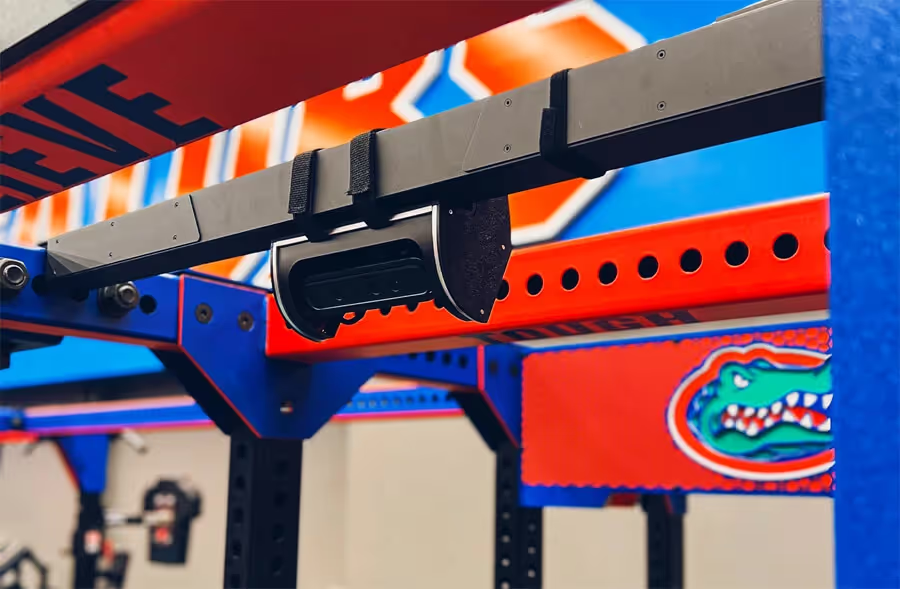






.avif)






